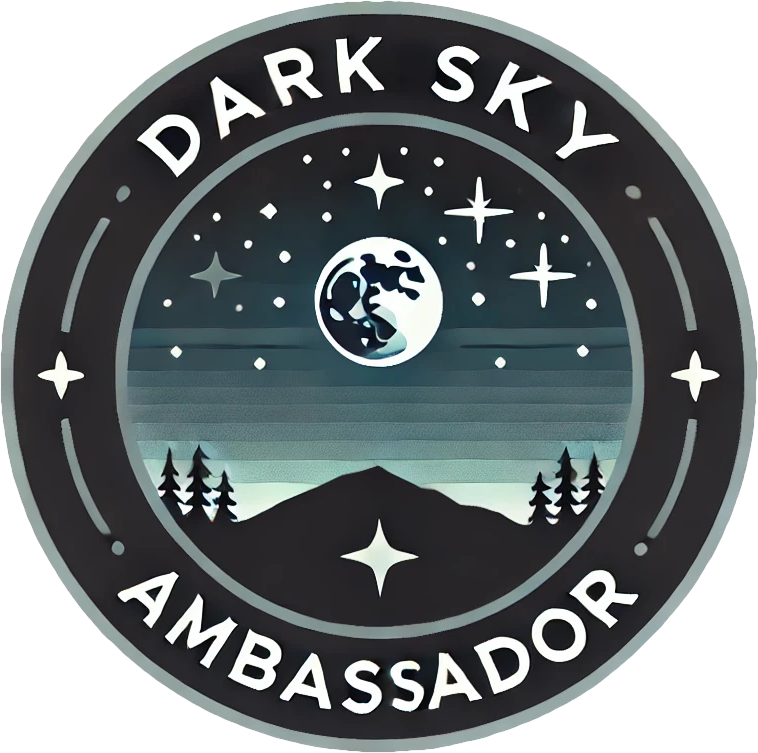30% of People Can’t See the Milky Way!
In our fast-paced, technology-driven world, city lights and illuminated streets may be the hallmarks of progress and convenience. But there’s a hidden cost to all this light: it disconnects us from one of humanity’s most ancient and universal experiences—the night sky. For centuries, people have gazed upwards, navigating by starlight, creating myths and stories, and simply marveling at the vastness of space. Yet today, many of us rarely have this opportunity. In fact, it’s estimated that around 30% of the global population cannot see the Milky Way from where they live due to light pollution. In highly developed regions, like North America and Europe, that number is a staggering 80%.
The inability to see the Milky Way isn’t just a minor inconvenience for stargazers. It’s a symptom of a much larger issue—one that has profound implications for our ecosystems, human health, and even our cultural heritage. This loss of natural darkness raises questions about the environmental impact of artificial light and its role in our lives.
Why Can’t We See the Stars Anymore?
Light pollution is caused by excessive or misdirected artificial light in cities, towns, and other populated areas. Unlike the moon’s gentle glow or the dim ambient light of natural sources, artificial light from street lamps, billboards, and buildings spills into the sky, drowning out the stars. The effects are far-reaching: according to the Atlas of Artificial Night Sky Brightness, more than 80% of the world’s population lives under light-polluted skies. In these areas, the night sky is often a washed-out grayish glow rather than a deep, starry vista.
The most common forms of light pollution include:
- Skyglow: The brightening of the night sky over populated areas, which can obscure all but the brightest stars.
- Glare: Excessive brightness that causes visual discomfort and reduces night vision, particularly for drivers and pedestrians.
- Clutter: Grouping of bright lights, especially in urban areas, creating visual confusion and overwhelming the eye.
- Light Trespass: Unwanted or excessive light entering spaces, such as residential areas, that don’t need it.
How Light Pollution Affects More Than Just Our View
While not being able to see the stars is unfortunate for astronomy lovers, light pollution’s effects are much broader and impact several aspects of life on Earth.
Human Health and Circadian Rhythms
Artificial light, especially blue-rich LED light, has been shown to disrupt our circadian rhythms—the natural biological clock that regulates our sleep-wake cycles. When exposed to too much artificial light at night, our bodies produce less melatonin, a hormone necessary for restful sleep. This disruption can lead to sleep disorders, mood disturbances, and even increase risks for certain chronic illnesses. The World Health Organization now considers nighttime light exposure a potential health hazard.
Wildlife and Ecosystems
For nocturnal animals, artificial light is especially problematic. Many species rely on darkness for their survival. Birds and insects can be disoriented by artificial lights, and animals that hunt or move at night can find their behaviors disrupted. Sea turtles are a striking example: artificial lights along beaches confuse hatchlings, causing them to crawl toward the lights rather than the ocean. This has devastating impacts on turtle populations and reflects how pervasive light pollution has become in fragile ecosystems.
Energy Use and Climate Change
Outdoor lighting consumes significant energy, much of which comes from non-renewable sources, contributing to greenhouse gas emissions. In many cases, much of this lighting is wasteful and could be reduced or redirected. By using more efficient lighting practices, such as shielding outdoor lights and utilizing motion sensors, cities could save energy, reduce costs, and make a meaningful dent in greenhouse gas emissions.
What Can We Do to Bring Back the Stars?
The good news? Light pollution is reversible, and several solutions are available to help mitigate it. Many cities and communities are already adopting practices to reduce excessive lighting:
- Shielded Lighting: Installing shielded fixtures that direct light downward, not outward, to prevent unnecessary skyglow.
- Warm Light Bulbs: Using bulbs with warmer, amber-colored tones rather than blue-rich LEDs, which disrupt both human and animal circadian rhythms.
- Motion Sensors: Equipping lights with motion sensors reduces the need for continuous illumination, saving energy while limiting unnecessary light.
- Advocating for Dark-Sky Initiatives: Organizations like the International Dark-Sky Association (IDA) have raised global awareness and worked with communities to implement dark-sky-friendly practices.
Find out more on responsible lighting here read my “Responsible Outdoor Lighting: A Whitepaper on the Five Key Principles“
Reconnecting with the Stars
There are still places in the world where you can see the Milky Way stretching across the sky in all its glory. National parks, remote rural areas, and specially designated dark-sky reserves offer views of a night sky largely untouched by artificial light. These places remind us of what we have lost—and what we still have the chance to save.
Each of us has a role to play in preserving this experience for future generations. By making small changes in our own homes, such as switching to shielded lights or simply turning off unnecessary lighting, we can help bring back the stars. With collective action, we can reduce light pollution, reconnect with the night sky, and protect the beauty of the universe for ourselves and for those who come after us.
References
- Cinzano, P., Falchi, F., & Elvidge, C. D. (2001). The first World Atlas of the artificial night sky brightness. Monthly Notices of the Royal Astronomical Society.
- Falchi, F., Cinzano, P., Duriscoe, D., Kyba, C. C. M., Elvidge, C. D., Baugh, K., & Furgoni, R. (2016). The new world atlas of artificial night sky brightness. Science Advances.
- Chepesiuk, R. (2009). Missing the Dark: Health Effects of Light Pollution. Environmental Health Perspectives.
- Witherington, B., & Martin, R. (2003). Understanding, assessing, and resolving light-pollution problems on sea turtle nesting beaches. Florida Marine Research Institute Technical Report.
- Kyba, C. C., Ruhtz, T., Fischer, J., & Hölker, F. (2014). Cloud coverage acts as an amplifier for ecological light pollution in urban ecosystems. PLoS ONE.


